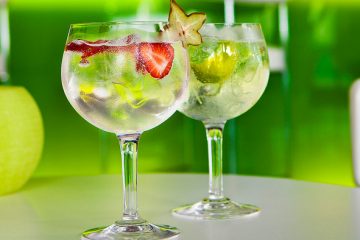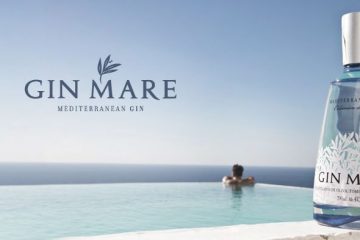The British Empire is long gone. It’s gin is not, which tells you something of its appeal as the drink has not only outlived the colonial system which created it but also the men who drank it in Zanzibar’s Mombasa Club. Mombasa Gin was made for a very small number of rich English elites. Now commercially available, you can sample the favoured tipple of the ruling imperial classes.
The Botanicals in Mombasa Gin:
All gins are flavoured with a mixture of herbs, spices and fruit. What makes each gin different is its particular blend, and Mombasa Gin contains:
- Juniper berries
- Clove
- Cassia bark
- Cumin
- Coriander seeds
- Angelica root
Of course, the dominant flavour is juniper berries, as with all gin. Yet this is a spicy blend, with some citrus aromas and a peppery taste. Like all the best gins, this bottle bears the legend ‘Distilled in London’. That means that it is not ‘cold compressed’, but instead the botanicals are well infused into the base spirit. The drink has length.
The History of the Mombasa Club
Zanzibar had been ruled by the Portuguese, Arabians and later, the British. As a sign of growing influence in the area, the Mombasa Club was founded in 1885. That means gin invaded Eastern Africa a full five years before the British officially turned up with their warships and declared Zanzibar a Protectorate.
The city was a trading post. That meant the East India Company was inevitably involved in the area, and its agents had to live there. With so much money flowing around, the club members were able to have their own gin blended for their taste. It was distilled in London, and diluted to drinking strength in Spain, as the ships sailed round the world to the colony.
How to Make a Good G&T with Mombasa Gin
There’s a good formula for making the perfect G&T. The greater the alcohol, the more tonic you need to add. As Mombasa Gin is 41.5% ABV, 50ml of the stuff needs 98ml of tonic. Remember to serve with lots of ice and a slice of lemon, with the tonic refrigerated . Keeping the drink cool means the bubbles last longer, and the bubbles are what delivers so much of the aroma, with is actually where most of a gin’s flavour comes from. For an expert’s guide on making a really great G&T, read ‘The 5 Most Common Mistakes When Making a Gin and Tonic’.
What Else to Serve at Cocktail o’Clock:
While the classic cocktail for gin is the G&T, there are several others you might want to try with this blend. Remember that most cocktails were developed in the 1920s to hide the foul taste of strong, badly made alcohol, and while that doesn’t apply to Mombasa Gin, not everyone in your circle will appreciate its bitter taste. Here’s a few ideas for changing the flavour profile if you’re entertaining guests with a different palette:
- Gimlet. The classic Gimlet is half gin and half sweetened lime juice, with a slice of lime to garnish. Sweet and fruity, it hits the spot every time.
- Singapore Sling. Not only is this refreshingly sweet, it’s also the perfect name for slurring. The Singapore Sling is a seriously strong drink, which is very hard to say after you’ve had one, but it is fruity. Just don’t tell your doctor that this is how you get your ‘5 a Day’ of fruit and veg.
- Pink Gin. Allegedly, the United Kingdom’s Queen Mother loved a pink gin. It’s very simple to make, with a just a dash of Angostura bitters, this is for bitter flavour lovers who want something a little more out of the ordinary.
Further Drinking:
The great thing about gin is that it feels like a really tasty home science project. You can endlessly experiment with different tonics, botanicals, base spirits, garnishes and even glasses. Learn how different botanicals result in differently flavoured gin in ‘Botanicals Complete Our Gin and Tonic’. Or you can check out the exciting developments in the world of premium tonics in ‘Premium Tonic Water Touches the Spots Other Brands Cannot’.
[cta_generico id=2598]


